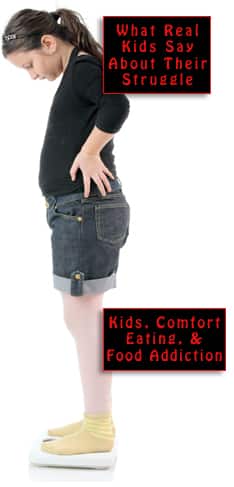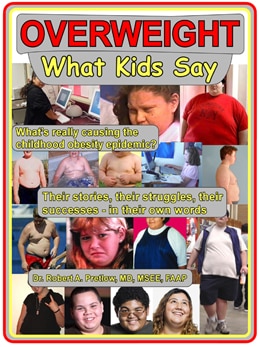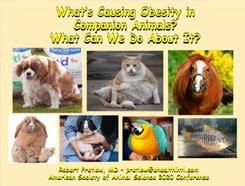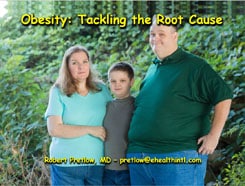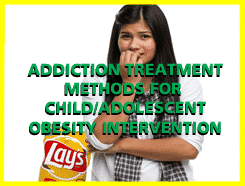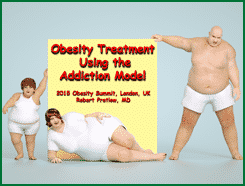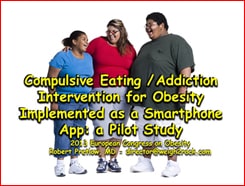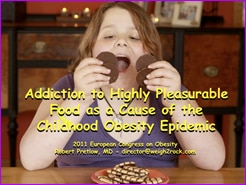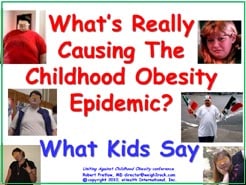Wide-Ranging Stress Defenses

There is general advice, and then there is specialized advice. For instance, the website MSFocus.org offers holiday season tips that are particularly helpful to people who suffer from multiple sclerosis, a potentially disabling and (so far) incurable autoimmune disease of the central nervous system. The wide variety of symptoms can ebb and flow for no discernible reason, and stress can certainly have a worsening effect. Any warning that can improve matters for people with such a serious and unpredictable illness will certainly help those with a relatively less severe stress reaction, like overeating. What kind of advice is given to MS patients?
An extreme degree of foresight is certainly helpful, especially when it comes to travel arrangements. Long trips and long waiting periods between stages of travel can be annoying to a healthy person. They can be excruciating for anyone who has trouble with such functions as balance, coordination, medication side effects, impaired vision, and general uncertainty about how seriously one’s symptoms might flare up within the next hours or days. Writer Matt Cavallo gives this advice:
If something isn’t on your list and you don’t think you can make it, just say no.
If something is outside your budget even though you think it would be a perfect gift, just say no.
If traveling for a holiday obligation leads to unwanted stress, just say no.
The extra piece of pie? Just say no.
These are precautions that work for everyone! So, in fact, does the advice collected by counselor Jessica Maharaj, tailored for people served by the National Alliance on Mental Illness. Make a budget, she suggests, and don’t forget to figure in shipping costs if you do your own gift-wrapping and packaging. Even if you are flying to visit someone, try not to carry gifts, but send them ahead of time or better yet, have the merchant send them.
Sew that pocket shut
Many therapists agree on the importance of curbing the impulse to overspend. You don’t want to be paying off Christmas bills until next December. Set a realistic budget ahead of time and adhere to it. Try giving something personal like a hand-painted greeting card, a poem, or a cute video greeting. Consider giving an experience instead of a thing. Tickets to something would be nice, in a normal year, anyway. The recipient could go to the event with you or with another person.
Designate a certain sum for spontaneous discretionary purchases, because “the holidays tend to bring out the generosity in us.” So, allow for that extra bit of giving spirit, and then stick to the number you allotted for it. And budget the personal appearance time, too. This year, saying no to massive hospitality is easier than ever, because a lot of people have learned to use software that does not require showing up in person.
The temptation to overcommit is huge but it can be resisted. When filling in the calendar, remember that your plans could be disrupted by surprise visitors, phone calls, emergency grocery runs, or foul weather. There are no guarantees.
Hit up the post-holiday sales for deals on cards, gift-wrap paper, ribbon, and any other accouterments you know you can use next year. This is a great opportunity to stock up on cut-rate candy canes, which last forever. Maharaj writes,
The reality is that potential hazards exist at every turn during the holidays. These situations can trigger heightened difficulties for people suffering from depression, anxiety, PTSD and other mental illnesses. The holidays can also introduce additional stressors such as complicated relationship dynamics at family gatherings, grief over losing a loved one or simply trying to live up to the unattainable expectations of the “perfect holiday.”
Next time, we will discuss in more detail the particular challenges faced by people who are also dealing with grief, Seasonal Affective Disorder, or fear of COVID-19.
Your responses and feedback are welcome!
Source: “5 Tips for Managing Holiday Stress with MS,” MSFocus.org, undated
Source: “Avoiding Holiday Stressors,” NAMI.org, 12/03/18
Image by Liz West/CC BY 2.0










 FAQs and Media Requests:
FAQs and Media Requests: 